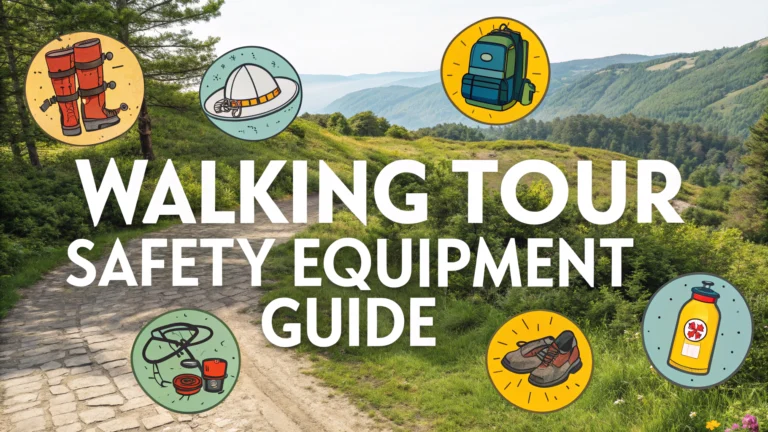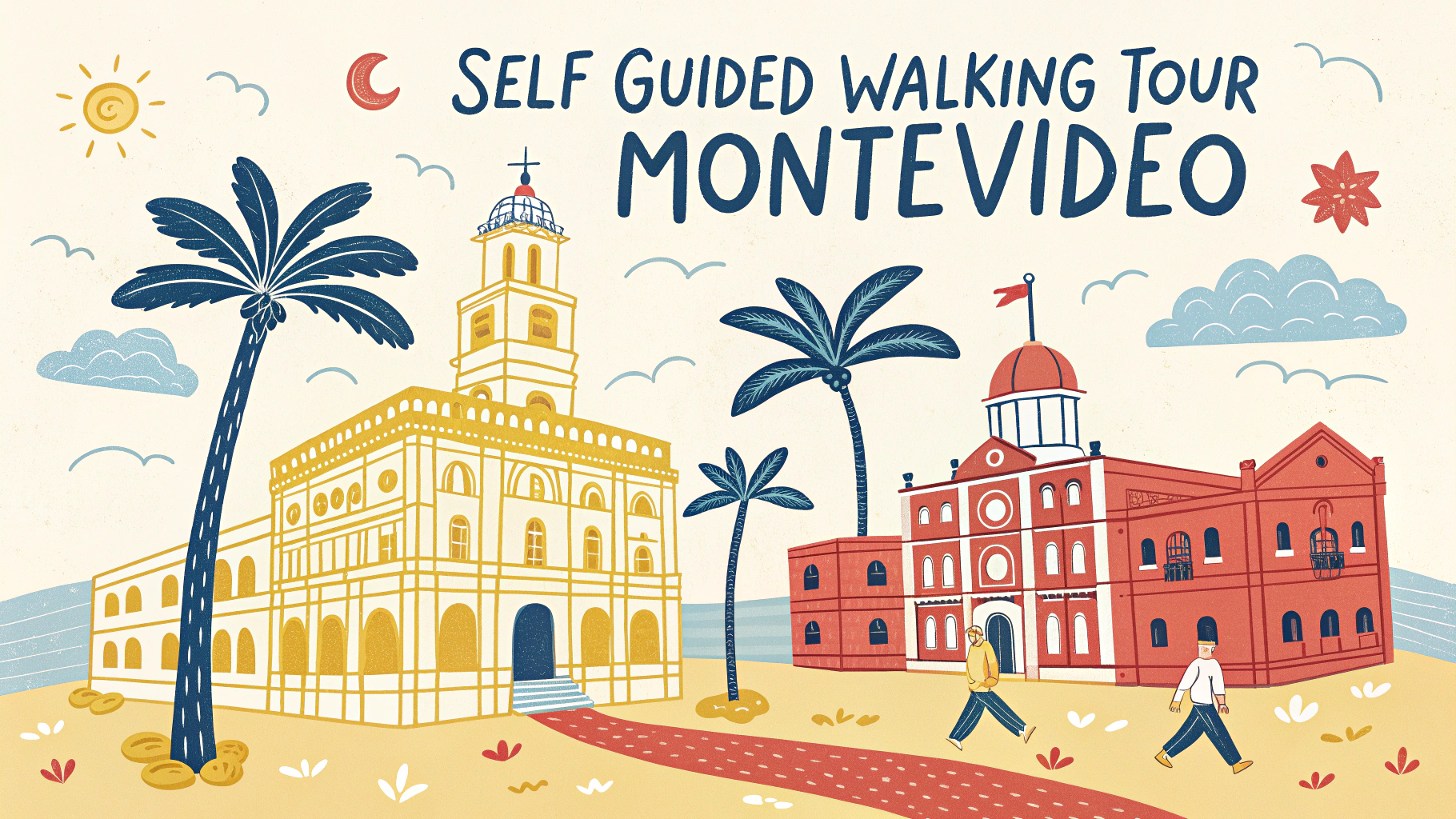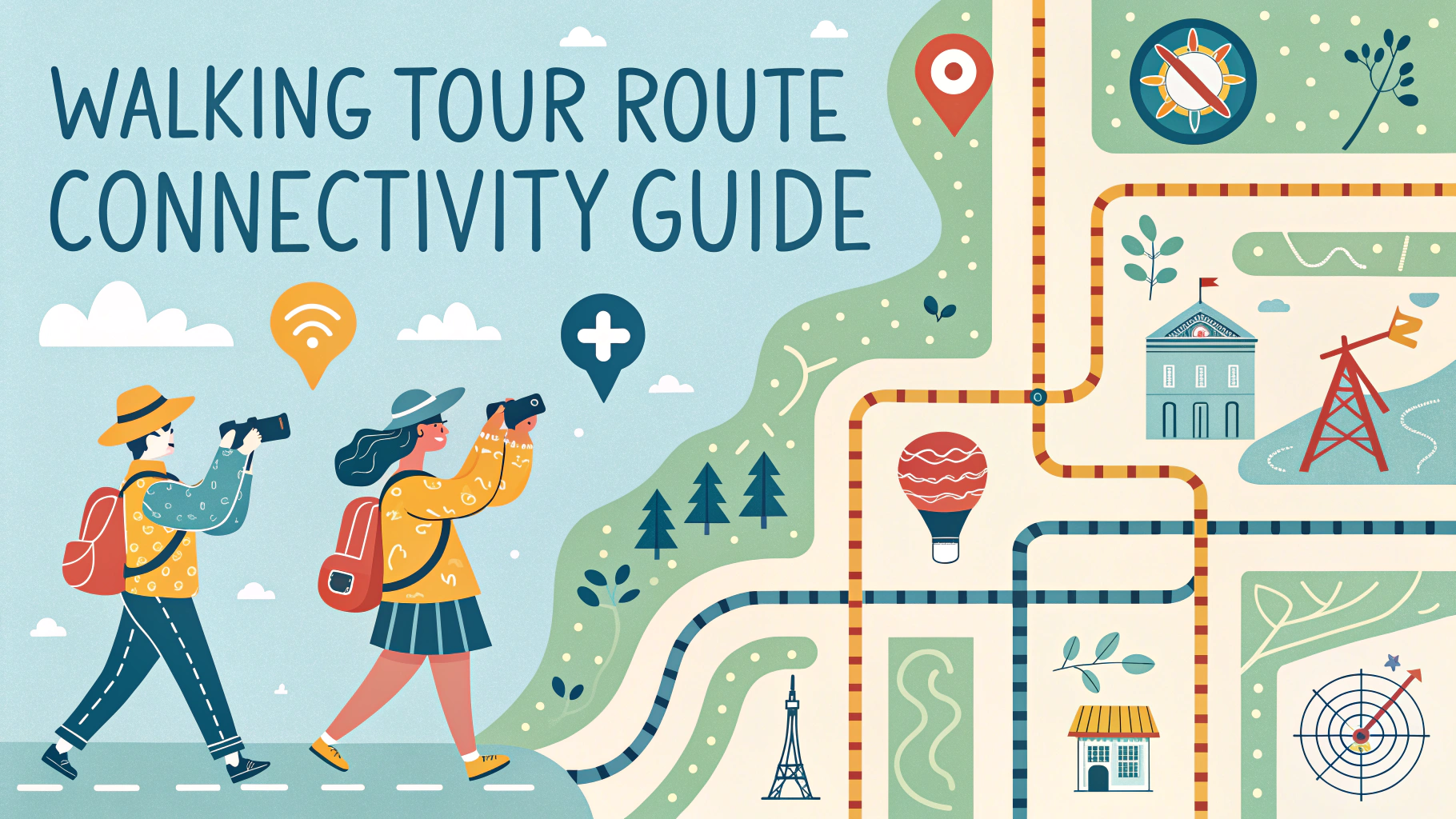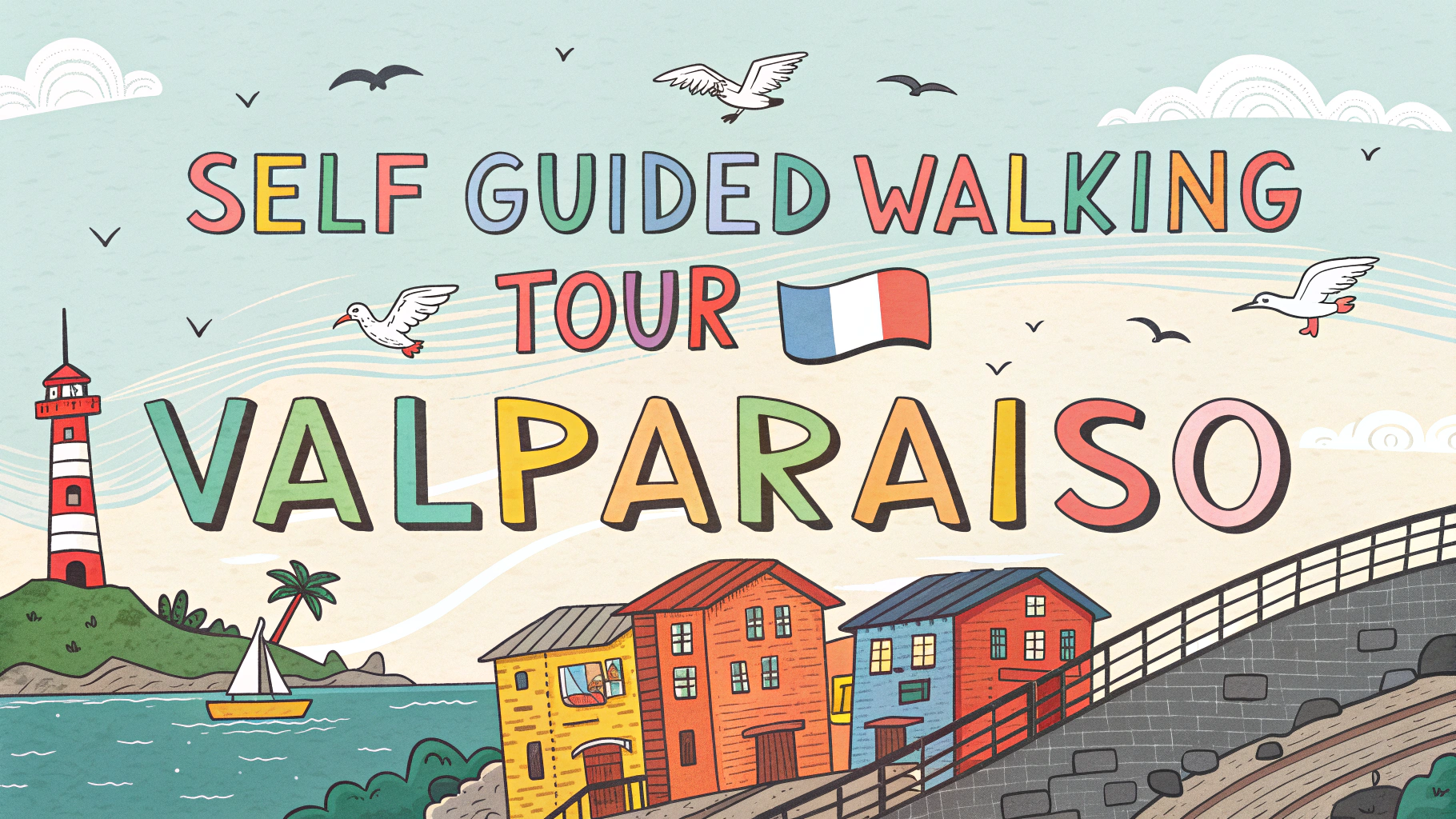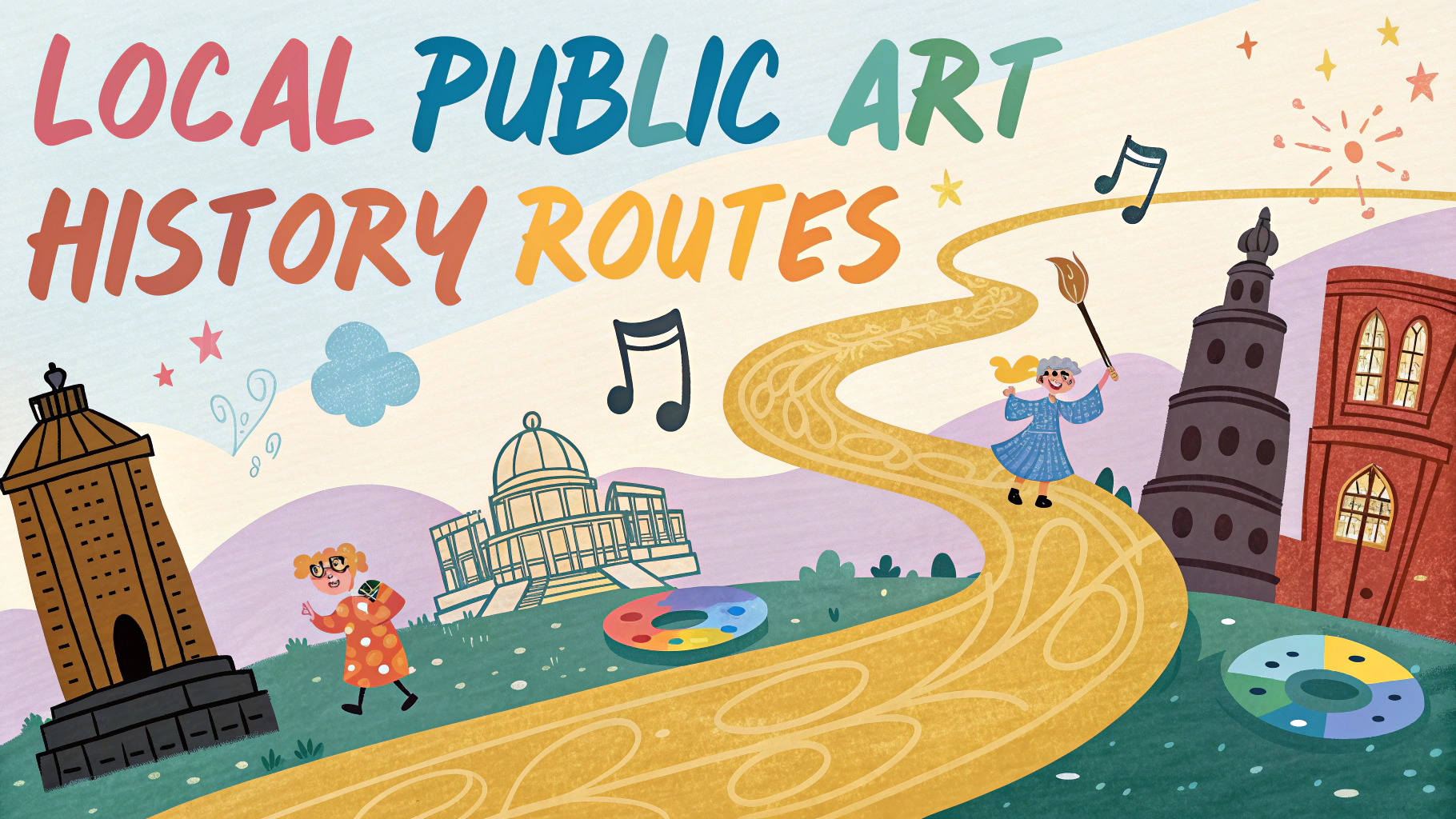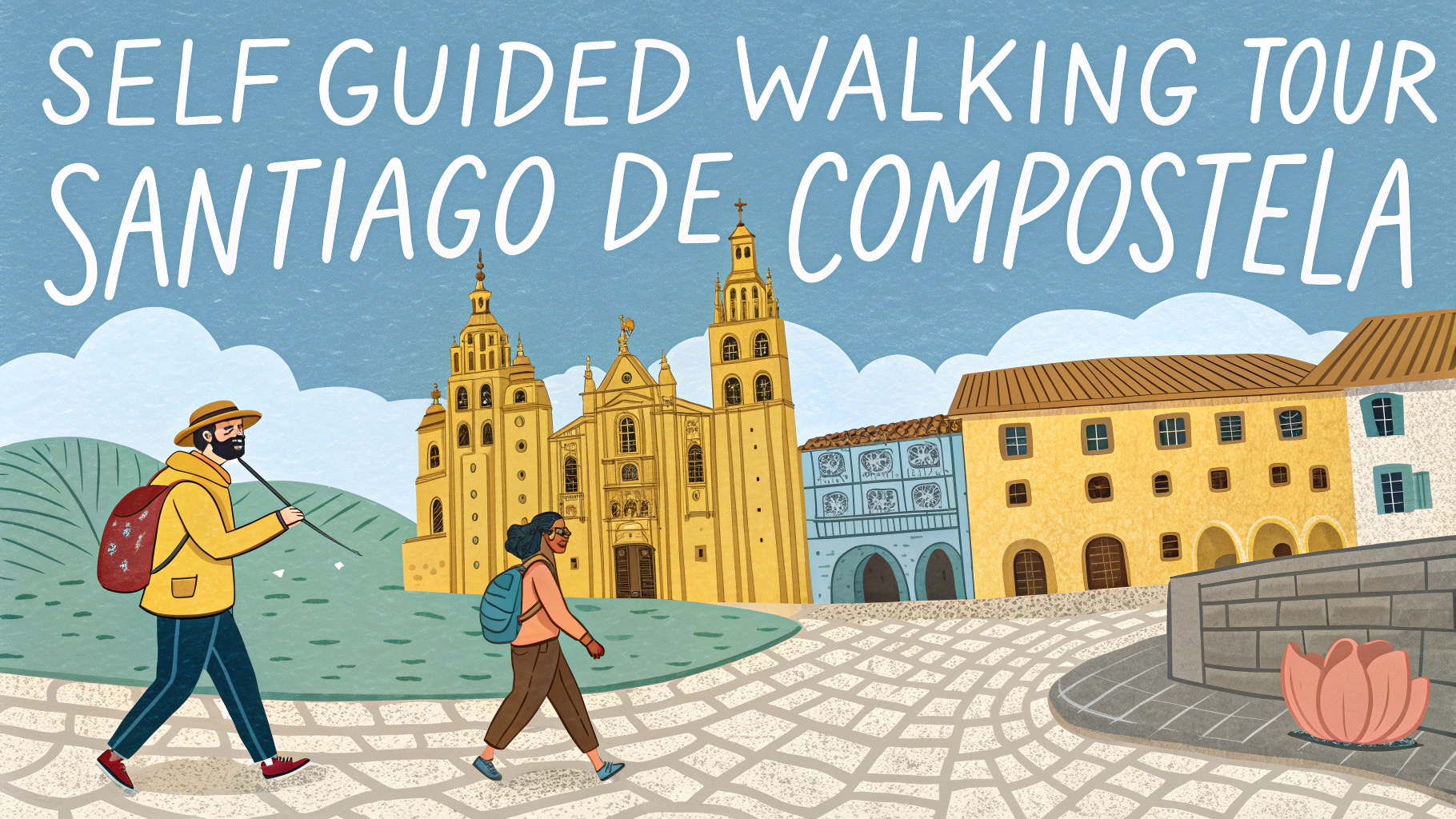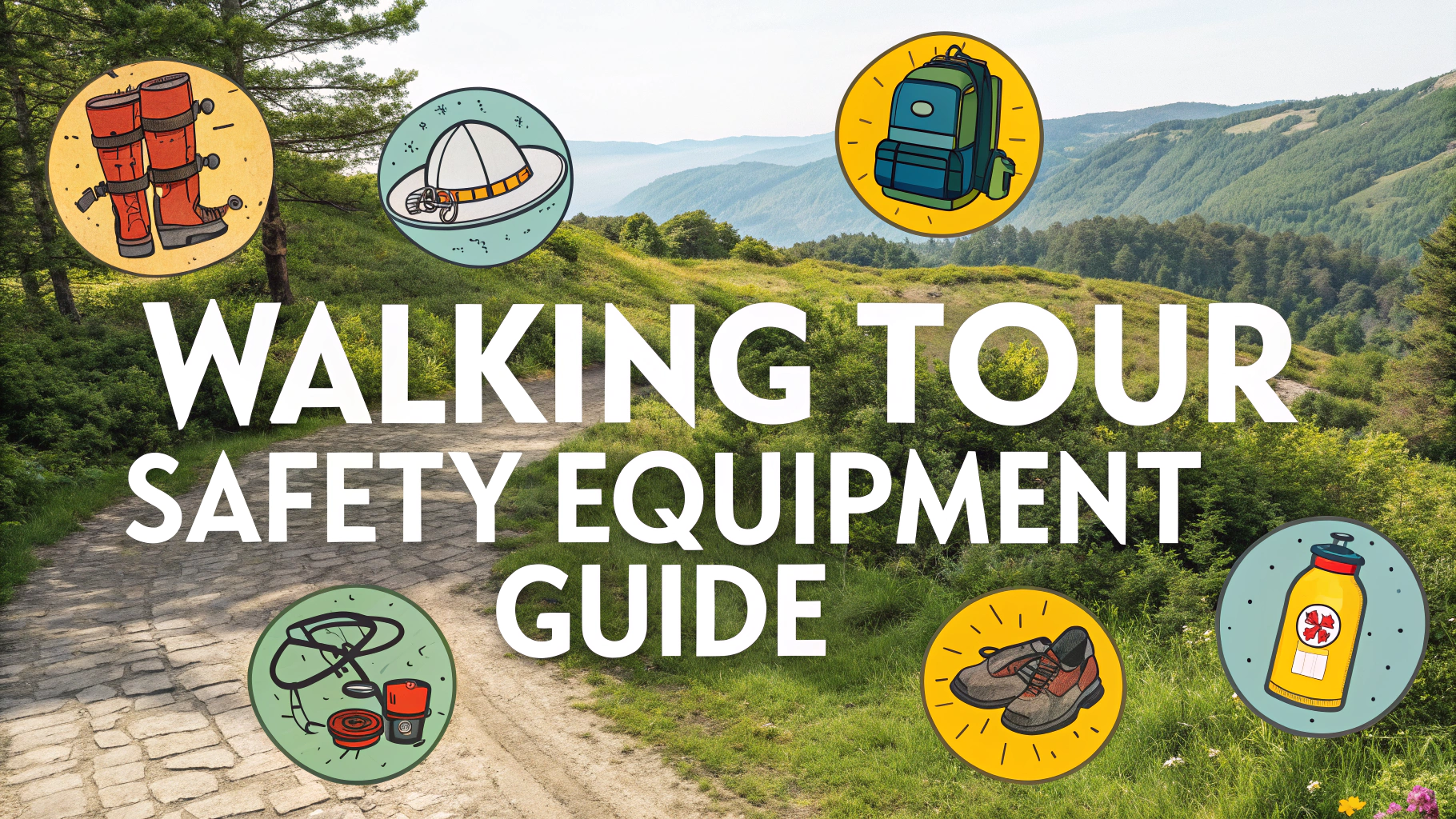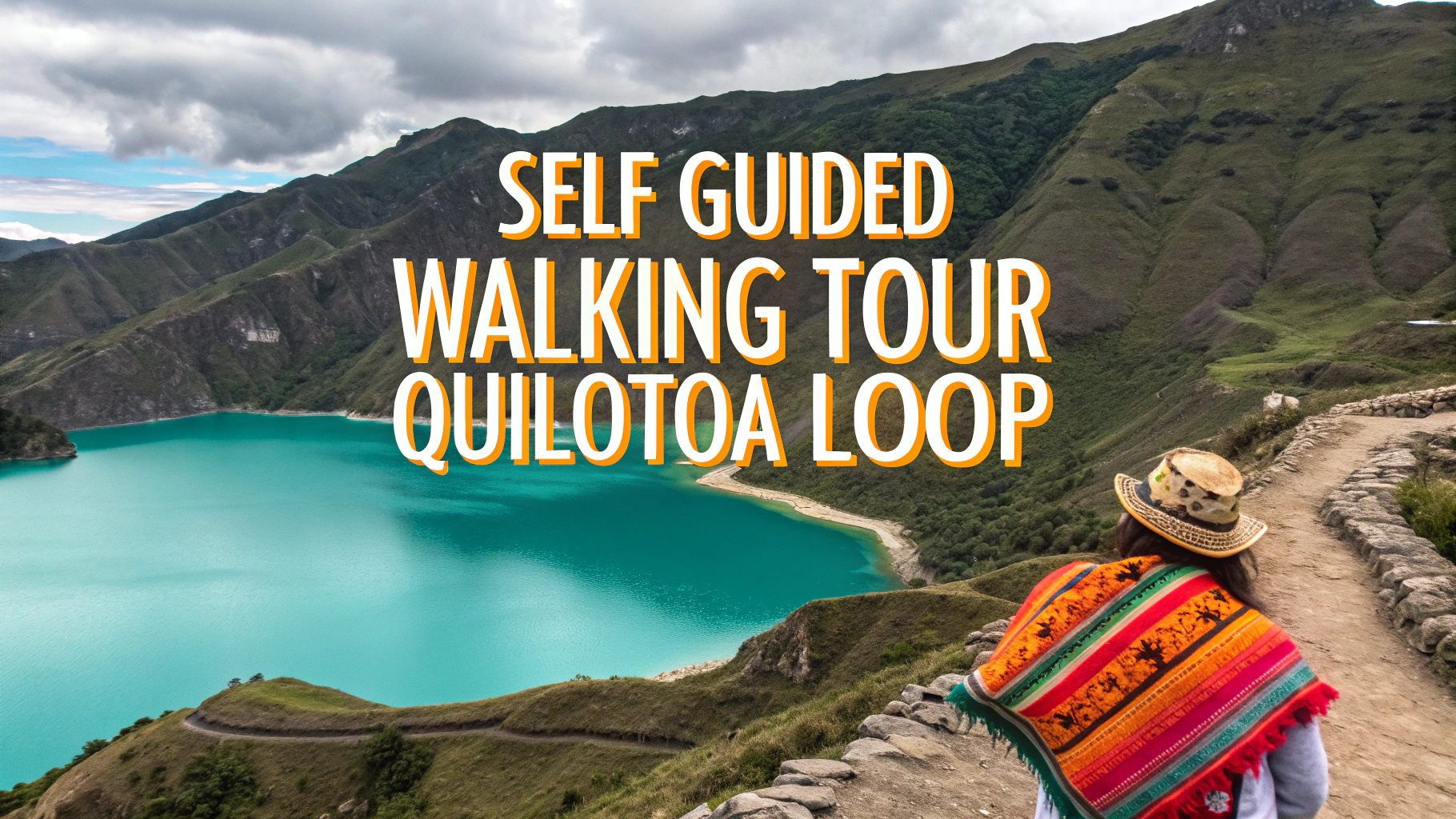Proper safety equipment makes self-guided walking tours more enjoyable and secure.
Essential Safety Items
- Comfortable Walking Shoes – Sturdy footwear with good grip and ankle support prevents slips and blisters
- Weather Protection – Pack a lightweight rain jacket, sun hat, and sunscreen
- First Aid Kit – Include bandages, antiseptic wipes, blister pads, and any personal medications
- Water Bottle – Stay hydrated with at least 1 liter of water per 2 hours of walking
- Portable Phone Charger – Keep your navigation devices powered for emergencies
Navigation Tools
- Phone with GPS – Download offline maps before starting
- Paper Map Backup – Never rely solely on electronic devices
- Small Compass – Basic navigation tool that doesn’t need batteries
Communication Equipment
Store emergency contact numbers in your phone and write them on paper.
Consider a basic whistle for attracting attention in remote areas.
| Emergency Numbers | When to Call |
|---|---|
| 911 (US/Canada) | Life-threatening emergencies |
| 112 (Europe) | General emergency services |
Weather-Specific Gear
- Summer: Light, breathable clothing, UV protection
- Winter: Layered clothing, gloves, warm hat
- Rain: Waterproof jacket, quick-dry pants
Additional Safety Tips
- Share your planned route with someone before starting
- Check weather forecasts before departing
- Start early to avoid walking in darkness
- Carry small snacks for energy
- Walk with a partner when possible
Keep all safety equipment in a comfortable daypack with good weight distribution.
Recommended Brands
- Walking Shoes: Merrell, Salomon, Columbia
- First Aid Kits: Adventure Medical Kits, Johnson & Johnson
- Weather Gear: The North Face, Patagonia, Columbia
Test all equipment before your first walking tour to ensure comfort and familiarity.
Group Safety Measures
- Buddy System – Pair up and check on each other regularly
- Group Spacing – Maintain visual contact while allowing personal space
- Meeting Points – Establish regular checkpoints for regrouping
- Pace Setting – Adjust to accommodate the slowest walker
Route Planning Essentials
Before Departure
- Research trail difficulty and terrain
- Calculate estimated completion time
- Identify rest stops and facilities
- Mark potential escape routes
Equipment Maintenance
- Regular Checks – Inspect gear before each tour
- Cleaning – Clean equipment after use, especially in wet conditions
- Replacement Schedule – Track wear and replace items as needed
Conclusion
Proper preparation and equipment maintenance ensure safe and enjoyable self-guided walking tours. Regular updates to safety gear, familiarity with emergency procedures, and attention to weather conditions contribute to successful experiences. Remember to test all equipment beforehand and always prioritize safety over completing a planned route.
Safety equipment is an investment in your well-being and peace of mind during walking tours.
FAQs
- What essential safety equipment should I bring on a self-guided walking tour?
A basic safety kit should include comfortable walking shoes, weather-appropriate clothing, a first aid kit, fully charged mobile phone, portable charger, flashlight, water bottle, and a detailed map or GPS device. - Do I need special hiking boots for urban walking tours?
No, comfortable walking shoes or sneakers with good grip and support are sufficient for most urban walking tours. Hiking boots are only necessary for rough terrain or nature trails. - What should a basic first aid kit contain for walking tours?
A walking tour first aid kit should include band-aids, antiseptic wipes, blister plasters, pain relievers, antihistamines, any personal medications, small scissors, and emergency contact information. - How much water should I carry during a walking tour?
Carry at least 1 liter of water for every 2 hours of walking. In hot weather or challenging terrain, increase this amount to 1.5-2 liters per 2 hours. - What safety equipment is needed for night walking tours?
Night tours require reflective gear or clothing, a reliable flashlight or headlamp with spare batteries, and ideally a backup light source. Consider wearing light-colored clothing for better visibility. - Should I carry emergency communication devices on walking tours?
Yes, carry a fully charged mobile phone, portable charger, and consider a whistle for emergencies. In remote areas, a personal locator beacon (PLB) might be necessary. - What weather protection equipment is essential?
Bring sun protection (hat, sunscreen, sunglasses), a lightweight rain jacket or poncho, and layers of clothing that can be added or removed as needed. Check weather forecasts before departing. - Do I need navigation tools for self-guided tours?
Yes, carry a detailed map of the area, a compass, and/or a GPS device. Download offline maps on your phone as backup, and ensure you have written directions of your route. - What safety equipment is needed for group walking tours?
Groups should have at least one complete first aid kit, multiple communication devices, high-visibility vests for leaders, and a headcount system. Consider walkie-talkies for larger groups. - How should I prepare my safety equipment before a walking tour?
Check all equipment functionality before departure, replace expired items in first aid kits, ensure electronics are fully charged, test navigation tools, and verify emergency contact numbers are current.
